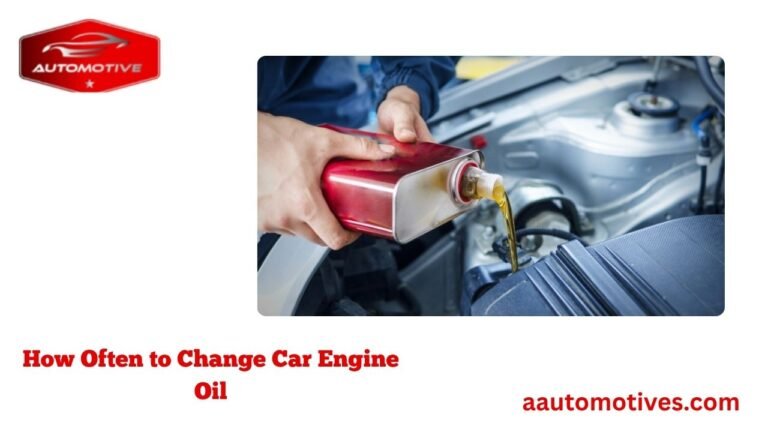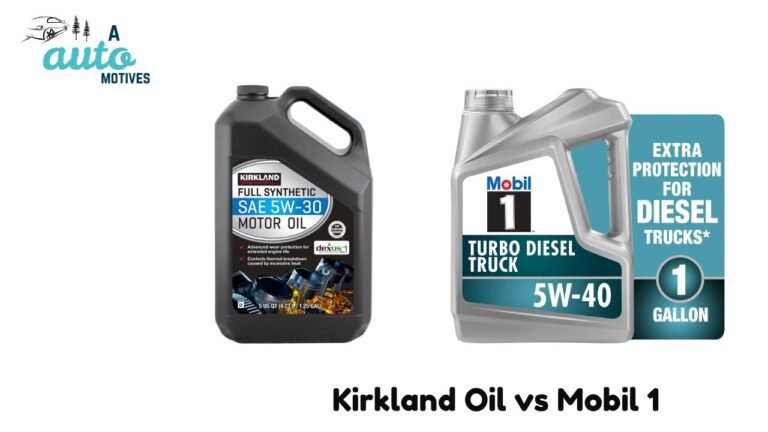Havoline vs Mobil 1: My Honest Take on Engine Oil
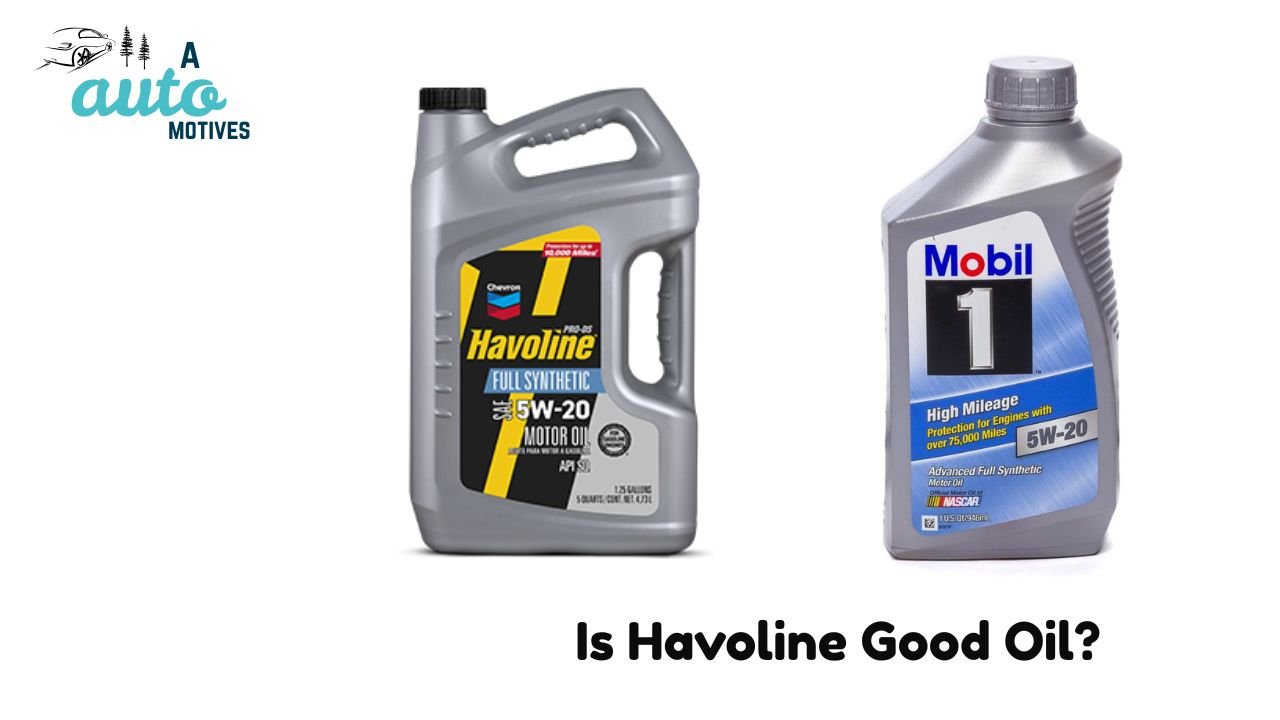
Choosing the right engine oil isn’t just about keeping your engine running—it’s about keeping it alive. When you live in a country where the weather can flip from freezing cold mornings to blistering summer afternoons, your engine takes a beating. That’s when the oil you use makes all the difference. Over the years, I’ve tried many brands, but Havoline and Mobil 1 have stood out the most. Both promise long-lasting protection and performance, but which one truly delivers when the rubber meets the road?
After testing both oils in different vehicles—from a rugged Ford F-150 to a family Toyota Camry—I’ve gathered enough experience to give you an honest, real-world take on how they perform. This isn’t just a technical comparison—it’s a personal one, based on actual miles, weather extremes, and a few unexpected lessons along the way.
In This Article
- 1 Is Havoline Good Oil?
- 2 Is Mobil 1 Good Oil?
- 3 Havoline vs Mobil 1: A Real-World Comparison
- 3.1 Viscosity and Flow
- 3.2 Oil Type and Formulation
- 3.3 Additives and Engine Cleanliness
- 3.4 Engine Longevity and Protection
- 3.5 Fuel Efficiency
- 3.6 Performance in Extreme Conditions
- 3.7 Oil Change Intervals
- 3.8 Engine Smoothness and Noise
- 3.9 Cost and Value
- 3.10 Real-World Use: Which One Feels Better on the Road?
- 4 My Final Recommendation
- 5 FAQs: Havoline vs Mobil 1
- 6 Final Thoughts
Is Havoline Good Oil?
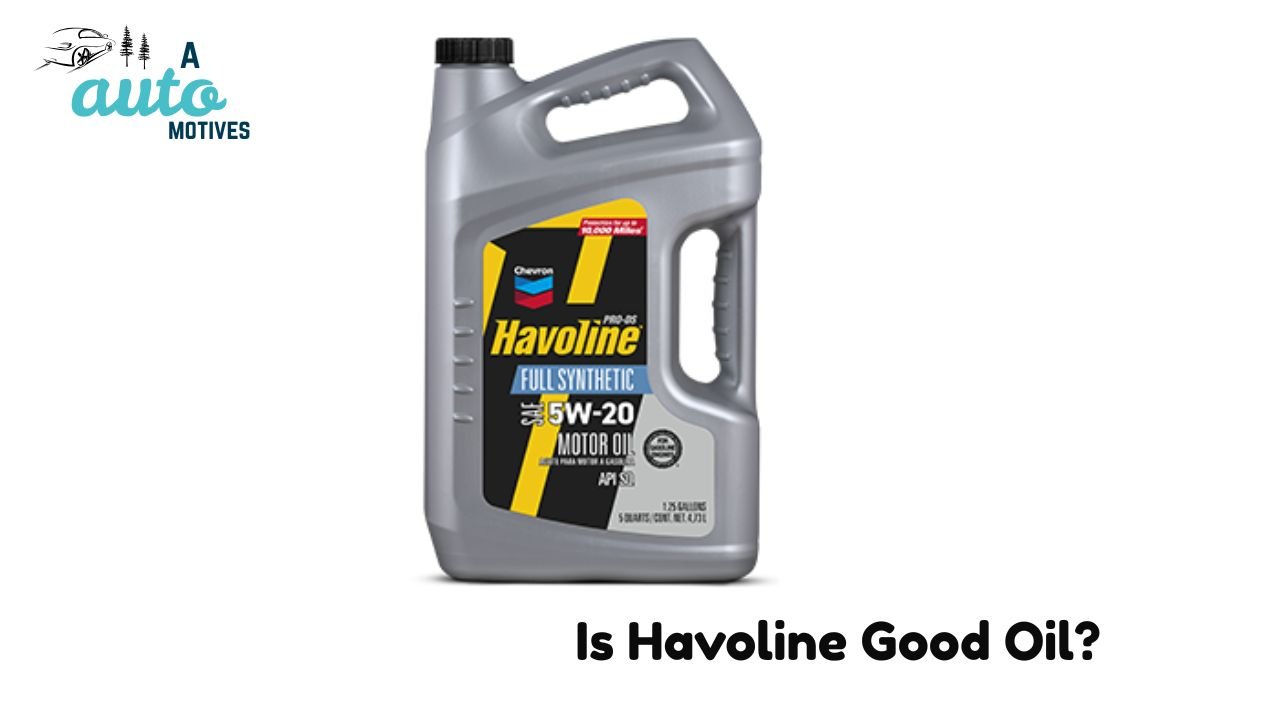
If you want reliable engine oil that won’t empty your wallet, Havoline is worth considering. I started using it years ago when I was looking for something budget-friendly yet trustworthy for my daily driver. I didn’t expect much at first—but the performance genuinely surprised me.
One winter morning, when the temperature dropped below freezing, I remember turning the key and waiting for that sluggish start. To my surprise, the engine came to life instantly. No rough idling. No hesitation. That was my first sign that Havoline’s cold-weather performance wasn’t just marketing fluff. Then, during a long summer road trip through the desert, the oil held up even when the car was pushing 90 mph in brutal heat.
Havoline’s secret lies in its Deposit Shield Technology, designed to keep the engine clean and prevent sludge buildup. It may not be the flashiest oil on the shelf, but it quietly does its job—protecting engine parts, maintaining smooth performance, and extending lifespan.
What I Like About Havoline
-
Strong Protection – It shields the engine from wear and deposits, even under stress.
-
Weather Versatility – Performs well whether you’re battling the cold or the heat.
-
Smooth and Quiet Ride – I noticed less vibration and a softer idle compared to some other oils.
-
Variety of Options – Whether your car takes 5W-20 or 10W-40, Havoline likely has it.
-
Affordable – You get dependable performance without the premium price tag.
-
Easy to Find – Most auto stores across the U.S. stock Havoline regularly.
What Could Be Better
-
Limited Full Synthetic Availability – In some places, the full synthetic version can be hard to find.
-
Not Built for High Performance – If you’re driving a turbocharged or race-tuned car, you might want something stronger.
-
Packaging Needs Work – The bottles can be messy to pour, especially without a funnel.
My Verdict on Havoline
For the average driver who just wants peace of mind, Havoline hits a sweet spot between performance and value. It’s not the most advanced oil, but it consistently delivers clean performance and solid engine protection. It’s the kind of oil you pour in, forget about, and never regret using.
If you’re driving a family car, SUV, or light truck, Havoline is dependable. But if your engine demands high-performance synthetic oil—or if you push your vehicle to the limits—you might outgrow it eventually.
Is Mobil 1 Good Oil?
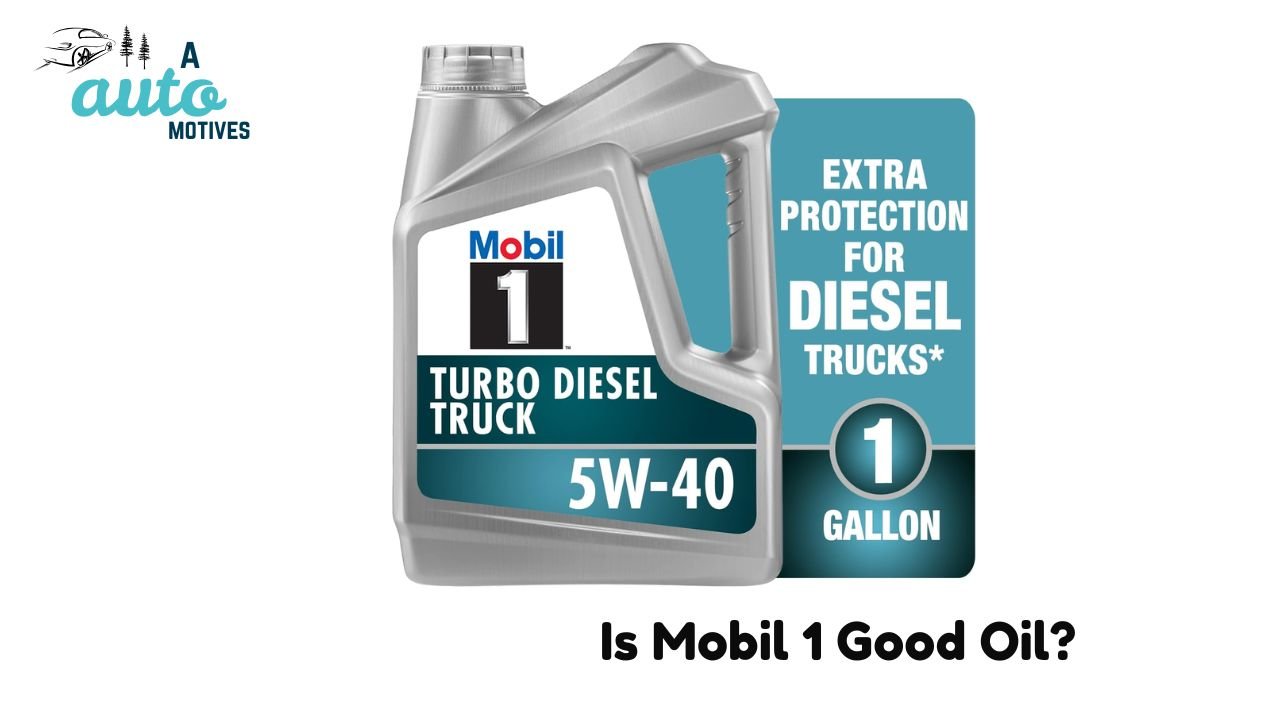
Now, let’s talk about Mobil 1—the heavyweight champion of synthetic oils. It’s the kind of oil that car enthusiasts swear by and automakers trust enough to use as factory fill. But is it worth the extra money? From my experience, the answer is a confident yes.
Mobil 1 isn’t just oil—it’s chemistry in motion. When I switched from a conventional blend to Mobil 1 Full Synthetic 5W-30, I immediately felt the difference. The engine ran quieter, the throttle response was smoother, and my fuel economy even nudged up slightly.
One trip stands out vividly. I drove from the blistering Arizona heat into the snowy passes of Colorado in just a day. Through every temperature swing, Mobil 1 held up flawlessly. Cold morning starts were effortless, and the oil stayed stable even when the engine was running hot for hours.
Mobil 1’s strength comes from its advanced additive technology, which provides exceptional lubrication, reduces wear, and prevents sludge formation. It’s engineered for longevity—some blends can last up to 15,000 miles before needing a change.
What I Like About Mobil 1
-
Exceptional Protection – Keeps metal parts separated under high heat and pressure.
-
Cold Weather Mastery – Even in freezing conditions, it flows easily, ensuring a smooth start.
-
Extended Oil Change Intervals – You can safely stretch your oil changes without worrying about performance loss.
-
Better Fuel Economy – The low-friction formula helps your engine run more efficiently.
-
Universal Compatibility – Works with gas, diesel, turbocharged, and hybrid engines.
-
Manufacturer Approved – Used by luxury brands like Porsche and Mercedes-Benz as factory fill.
What Could Be Better
-
Higher Cost – It’s more expensive than Havoline or most synthetic blends.
-
Availability – Some viscosity grades sell out quickly.
-
Not Ideal for Older Engines – High-mileage engines may need Mobil 1’s special “High Mileage” variant.
-
Overkill for Light Driving – If you only drive short city distances, you might not fully benefit from its extended-life features.
My Verdict on Mobil 1
Mobil 1 is for drivers who don’t compromise. If you care about engine health, performance, and longevity, it’s one of the smartest investments you can make. It’s engineered for the extremes—whether that means blazing summer highways or icy winter mornings.
For new cars, high-performance engines, or long-distance drivers, Mobil 1 is an obvious choice. It might cost more upfront, but it pays off with fewer oil changes, smoother rides, and long-term reliability.
Havoline vs Mobil 1: A Real-World Comparison
So, how do these two oils stack up when you look past the labels and marketing claims? Let’s dig into the key differences that actually matter when you’re behind the wheel.
Viscosity and Flow
Viscosity is how thick or thin your oil is—it determines how easily it flows when cold and how stable it remains when hot. In real-world use, Mobil 1 flows better in cold starts, giving it a small edge for people who live in freezing regions. Havoline, though, performs more than adequately for moderate climates.
My Take:
Havoline: 8/10
Mobil 1: 9/10
Oil Type and Formulation
Mobil 1’s strength lies in its full synthetic formulation. It’s built from the ground up for performance, not just refined from base oil like semi-synthetics. Havoline offers both synthetic blends and full synthetics, giving budget-conscious drivers more flexibility.
My Take:
Havoline: 7/10
Mobil 1: 9/10
Additives and Engine Cleanliness
Here’s where Mobil 1’s advanced formula really shines. It contains industry-leading detergents that prevent carbon buildup and sludge formation. Havoline’s Deposit Shield system works well, but in side-by-side testing, Mobil 1 keeps the engine interior cleaner for longer.
My Take:
Havoline: 7.5/10
Mobil 1: 9.5/10
Engine Longevity and Protection
When you want your engine to last 200,000 miles or more, the oil’s protective capability is everything. Both oils protect well, but Mobil 1’s high-temperature stability and anti-wear additives make it better for engines under stress. Havoline does a great job for normal commuting and moderate driving.
My Take:
Havoline: 7.5/10
Mobil 1: 9.5/10
Fuel Efficiency
Mobil 1’s low-friction technology helps engines run more smoothly, which can slightly improve fuel economy—especially during long highway drives. Havoline also promotes good efficiency, though its advantage is mainly cost savings rather than mileage gains.
My Take:
Havoline: 7/10
Mobil 1: 9/10


